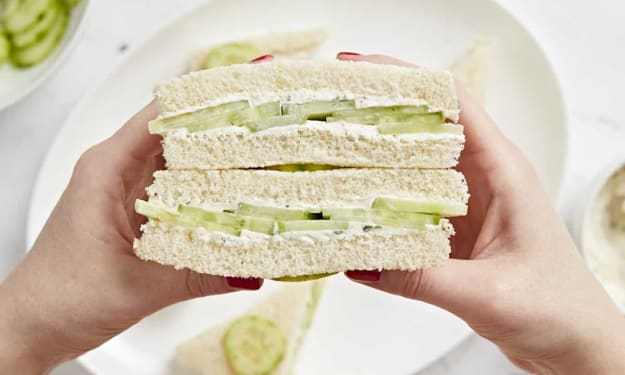The history and cultural significance of traditional Japanese tea ceremonies
Exploring the Principles and Practice of the Japanese Tea Ceremony: A Cultural Tradition that Emphasizes Mindfulness, Respect, and Tranquility

The Japanese tea ceremony, also known as "chado" or "sado", is a traditional Japanese art form that has been practiced for centuries. It is a ritualistic way of preparing and serving tea that is deeply rooted in Japanese culture and has been passed down through generations. In this blog post, we will explore the history and cultural significance of the Japanese tea ceremony.
History of the Japanese Tea Ceremony
The origins of the Japanese tea ceremony can be traced back to the 9th century when tea was first introduced to Japan from China. However, it wasn't until the 12th century that the tea ceremony began to take on a more formalized structure. It was during this time that a monk named Eisai brought tea seeds back from China and began promoting the drinking of tea as a way to achieve enlightenment.
In the 16th century, a man named Sen no Rikyu, who is often considered the father of the Japanese tea ceremony, developed the ceremony into the form that is practiced today. Rikyu emphasized the principles of harmony, respect, purity, and tranquility in the tea ceremony, and his teachings have been passed down through generations.
Today, the tea ceremony is still an important part of Japanese culture and is practiced by many people throughout the country.
Cultural Significance of the Japanese Tea Ceremony
The Japanese tea ceremony is more than just a way of serving tea; it is a way of life. It embodies the principles of Japanese culture, including hospitality, respect, and mindfulness.
One of the main principles of the tea ceremony is "ichi-go ichi-e", which translates to "one time, one meeting". This concept emphasizes the importance of living in the present moment and cherishing each encounter with others. During the tea ceremony, guests are encouraged to be fully present and to savor each sip of tea.
The tea ceremony also emphasizes the concept of "wabi-sabi", which is the appreciation of imperfection and transience. The tea ceremony is often held in a simple, rustic setting that emphasizes the beauty of natural materials such as wood and stone. The utensils used in the ceremony are often handmade and may have imperfections, which are appreciated for their uniqueness and character.
Another important aspect of the tea ceremony is the relationship between the host and the guest. The host strives to create a welcoming and peaceful atmosphere, while the guest is expected to show gratitude and respect for the host's efforts. This relationship is built on mutual trust and appreciation, and it is an important part of the tea ceremony experience.
How the Japanese Tea Ceremony is Practiced
The Japanese tea ceremony is a highly ritualized and formalized practice. It typically takes place in a traditional Japanese tea room, which is a small, simple space that is designed to promote tranquility and mindfulness.
The ceremony begins with the host preparing the tea in front of the guests. This involves carefully measuring and preparing the tea leaves, heating the water to the correct temperature, and whisking the tea to create a frothy texture.
The host then serves the tea to the guests, who are expected to show gratitude and respect by bowing and using specific phrases to thank the host. The guests then take turns drinking the tea, savoring each sip and appreciating the atmosphere and surroundings.
Conclusion
The Japanese tea ceremony is a beautiful and deeply meaningful practice that embodies the principles of Japanese culture. It is a way of life that emphasizes mindfulness, respect, and appreciation for imperfection and transience. By practicing the tea ceremony, we can learn to live in the present moment, appreciate the beauty of nature and simple things, and cultivate deeper relationships with others.






Comments
There are no comments for this story
Be the first to respond and start the conversation.